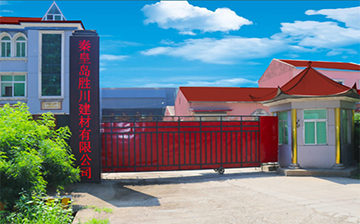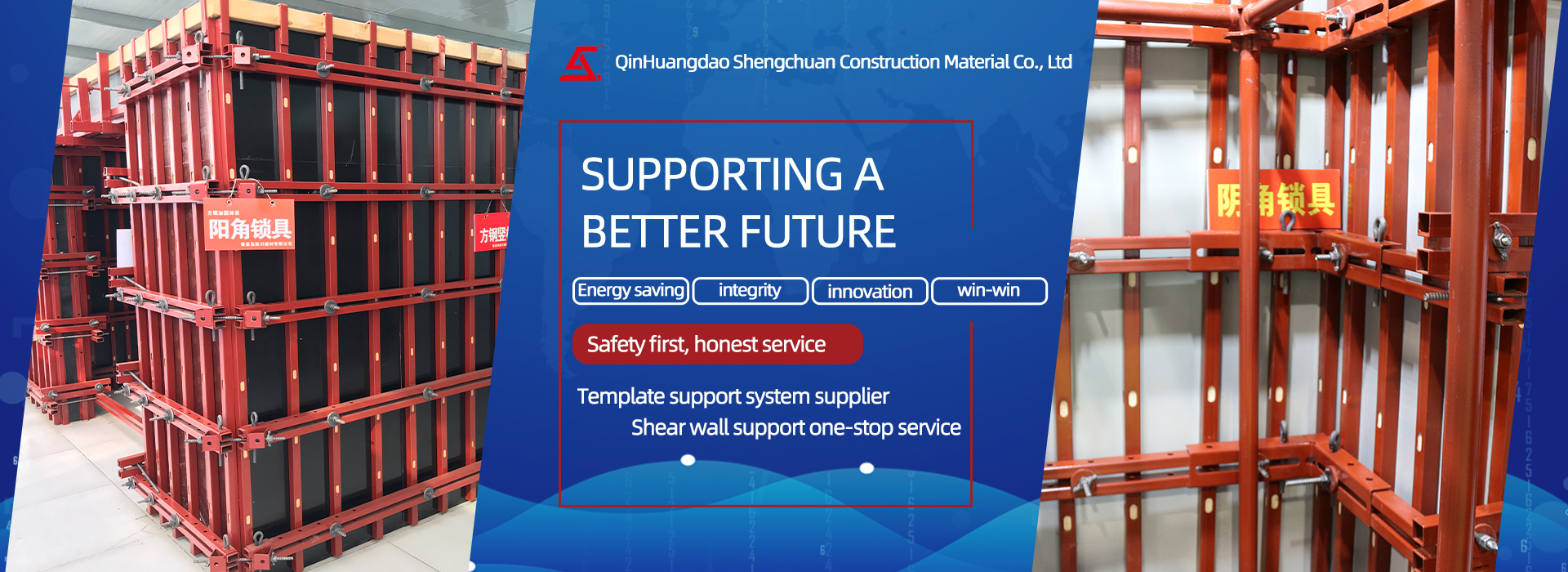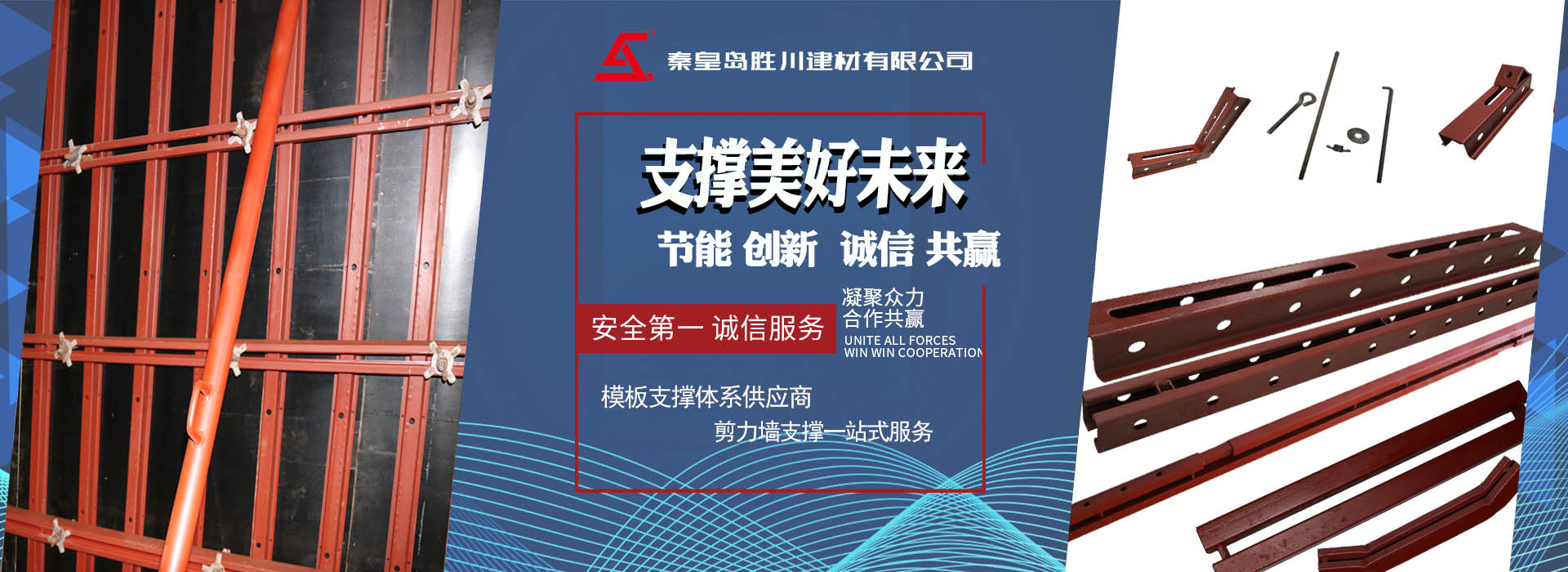
When can the template support sweeping rod be removed
The sweeping pole is a part of the scaffolding project, and the distance between the sweeping pole and the bottom of the upright pole should not be greater than 200mm. It is a horizontal pole connecting the root of the upright pole. The sweeping rod is divided into longitudinal and transverse sweeping rods, which play a stabilizing role in the scaffold. The horizontal sweeping pole is located below the vertical sweeping pole, and the force is transmitted to the upright pole and then to the foundation through the horizontal sweeping pole.
Divided into longitudinal and transverse sweeping poles: longitudinal sweeping poles: sweeping poles set along the longitudinal direction of the scaffold; Horizontal sweeping pole: A sweeping pole set horizontally along a scaffold.
The function of setting the sweeping rod
Setting up a sweeping pole can effectively increase the overall stiffness of the template support, making the vertical pole stress tend to be uniform. That is to say, enabling the upright poles to work together very effectively, thereby improving bearing capacity, while also avoiding the phenomenon of local support stiffness being too small and deformation being too large, which will affect the stability of the entire support. For the support of the bottom formwork, the installation of a sweeping rod can avoid a phenomenon of significant deformation in the local area of the foundation, which may cause a decrease in the stability performance of the entire formwork support.
After about seven days of pouring concrete, the bottom sweeping pole can be removed. In fact, as long as the concrete is completely dry, the bottom sweeping pole is no longer needed, so this pole can be removed at this time. The maintenance of concrete is very important, and if not taken seriously, it can easily cause concrete to dry and crack, seriously affecting the stability of the house. The concrete floor and walls must be watered, preferably with a layer of plastic film on top. In addition, the proportion of concrete must be controlled well, and it cannot be too thin or too thick, otherwise it will affect the overall construction progress.




 Jgw Anbei No. 13032202000134
Jgw Anbei No. 13032202000134


